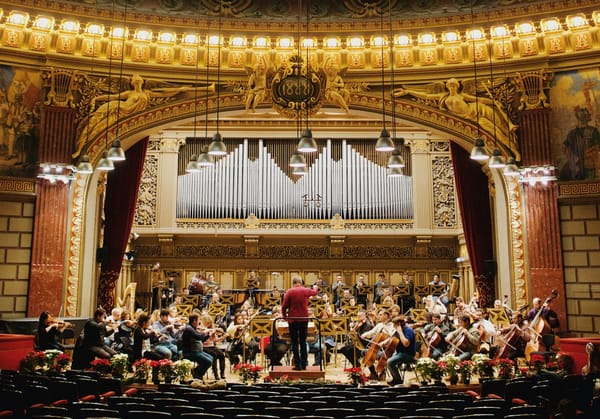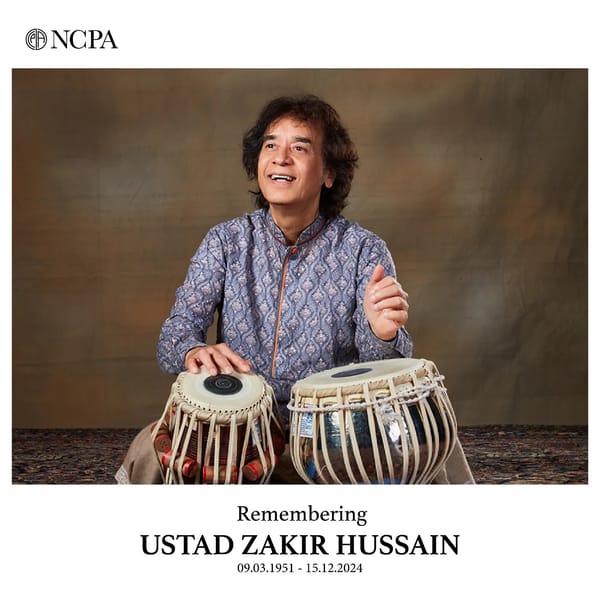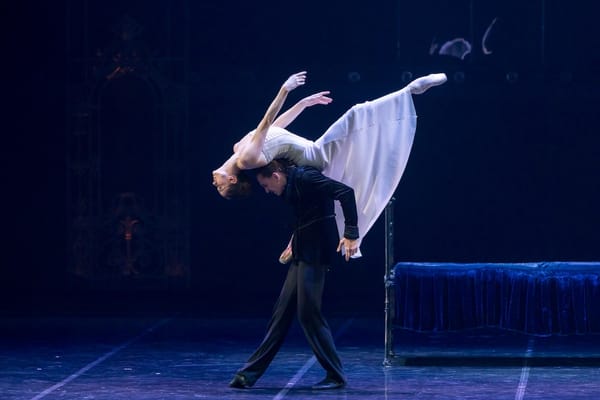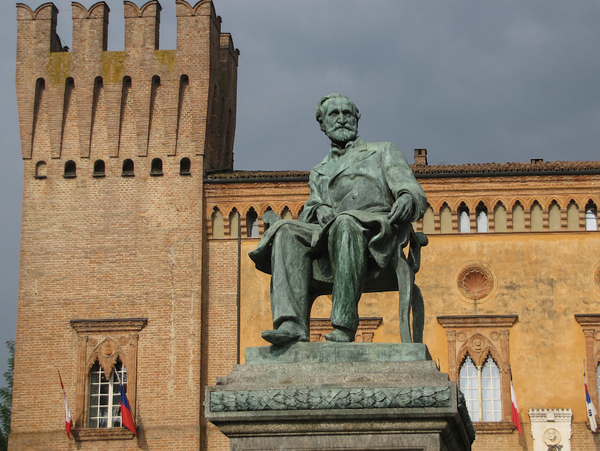The transformative power of improvisation

During a recent enlightening and inspiring conversation about music improvisation with diverse pianists and teachers, we investigated the scientific evidence behind its transformative power for both musicians and teachers.
I recently had the pleasure of conducting a webinar where we dug deep into the heart of music improvisation. The conversation was enriching and opened up exciting new avenues for understanding this powerful aspect of music.
Improvisation isn’t just about understanding and expressing music–it’s a key that unlocks creativity and enhances cognitive development. The joy of spontaneous creation doesn’t only bring immense pleasure and freedom; it’s a valuable tool that merits our undivided attention.
More Than Just Traditional Piano Lessons
During the masterclass, we challenged the common misconception that improvisation is simply a light-hearted addition to piano lessons. Instead, we celebrated improvisation as an effective learning tool.
Improvisation is a harmonious synergy of spontaneity and freedom, which not only beautifies the music but also strengthens the bond between the learner and the musical piece. It allows us to better explore and understand the intentions of composers, making the musical piece not just an object to master, but a story to tell.
In addition to the fun, enjoyment, and enhancement improvisation brings to the teaching and learning process, it’s worth reminding yourself that it also promises a lot of effective benefits. These will not only transform your approach to music but also improve your overall musical experience.
Let’s analyze the numerous benefits that improvisation brings, both to the individual musician and to music education as a whole.
Experiencing Music from Within
The most profound outcome of improvisation is that it allows us to feel music from the inside. This internal connection with music facilitates a more expressive and dynamic interpretation of the composers' works. It's fascinating to know that experts assert that specific regions of the brain are activated both in performers and listeners during improvisation, enhancing musical perception and understanding.
Improvisation: A Pedagogical Tool
Improvisation isn't just for artists—it’s also an effective pedagogical tool that teachers can employ. It can be used to highlight a technical aspect of a song, teach rhythmic concepts, introduce new pieces, or explain the ambiance of a composition. It serves as a unique motivator for students while teaching them how music is made and felt.
Empowering the Music Community
The generous feedback and engagement from the last masterclass has validated the importance of improvisation. As educators and performers, we can elevate this space by embracing improvisation not as an "additional subject" but as an essential part of our teaching and playing. In doing so, we're enabling students and musicians to take more risks, experience a larger range of heart-felt dynamics, improve their understanding of music, and ultimately experience more joy in their musical journey.
A testament to the transformative power of creativity
One day, I had the pleasure of meeting with a dedicated student who had journeyed in my Creative Piano Artistry Program for nearly half a year. I asked her about her proudest accomplishments and revelations during her time in the course. Her response was a testament to the transformative power of creativity – she had discovered newfound confidence in improvising and composing her own music, a feat she once deemed unattainable.
We ventured into the realm of composition, one of the aspects of the program, exploring the intricate world of Theme and Variations. As she delved into diverse musical styles and modes, her creative spirit found expression. She boldly crafted her own melodies, providing her with a canvas to develop and explore further. This newfound musical form allowed her to plumb the depths of her learning, pushing her well beyond her comfort zone.
Before going on this creative journey, she found herself unable to perform in social settings despite being a piano teacher. Such a scenario is all too common, a feeling of musical inadequacy that many of us grapple with at some point. However, the program instilled in her the confidence to share her musical talents with the world, a transformation that resonates with countless musicians.
The art of improvisation is accessible to everyone
What I want to emphasize is that the art of improvisation is accessible to everyone. It is a path that encourages taking risks, embracing mistakes, and viewing 'wrong notes' as opportunities for creativity. As we practice, those unfamiliar sounds become familiar, and even the most unconventional notes can be woven into a beautiful musical tapestry.
Creativity is not a gift bestowed upon a chosen few; it is a hidden treasure within us waiting to be uncovered. To awaken this creativity, we must reconnect with our bodies, feel the rhythm within, and warm up our voices to listen to the melodies lurking in our souls. Each of us possesses a unique musical « colour » waiting to be revealed.
Through improvisation, we find our own creative voice, our unique mark in the world of music. The key is to believe in its possibility and understand that it is a skill that can be nurtured and honed over time.
I want to convey that creativity and improvisation are for everyone. Each one of us holds more musical potential than we realize. My Creative Piano Artistry Program is designed to equip individuals with the tools to unlock their creative spirits. By putting aside judgment and embracing the sounds we create, we allow our true musical selves to shine through.
My journey began with self-doubt and perfectionism, but as the years passed, I learned to accept my unique sound and style, ultimately growing to love and appreciate myself more. May this serve as a testament that creativity knows no bounds, and the music within each of us is waiting to be discovered and shared with the world.





